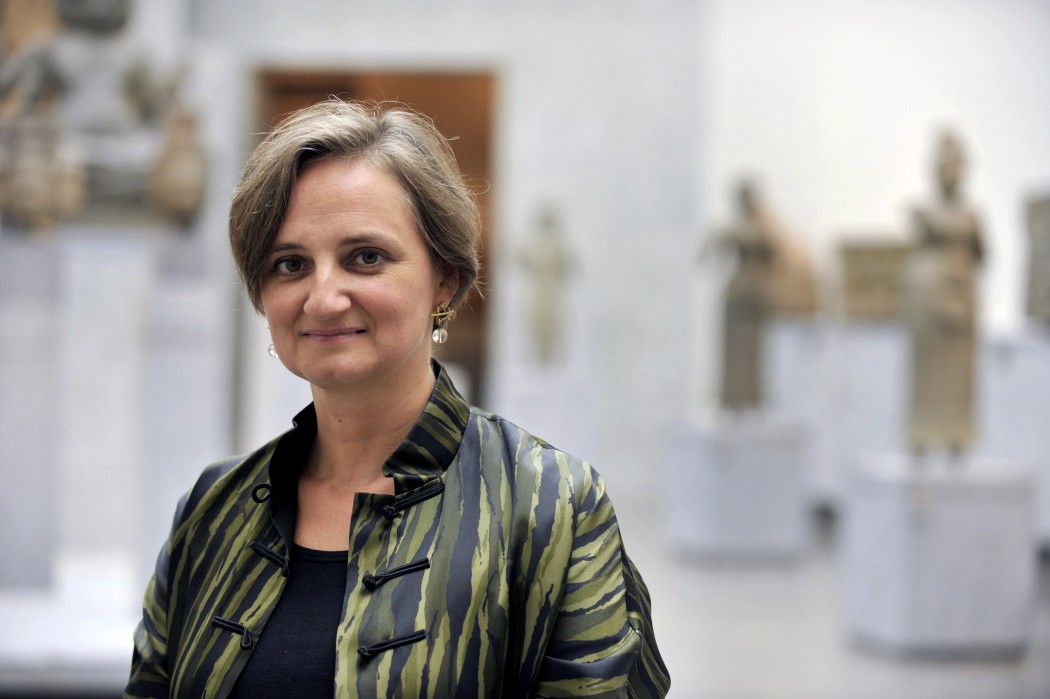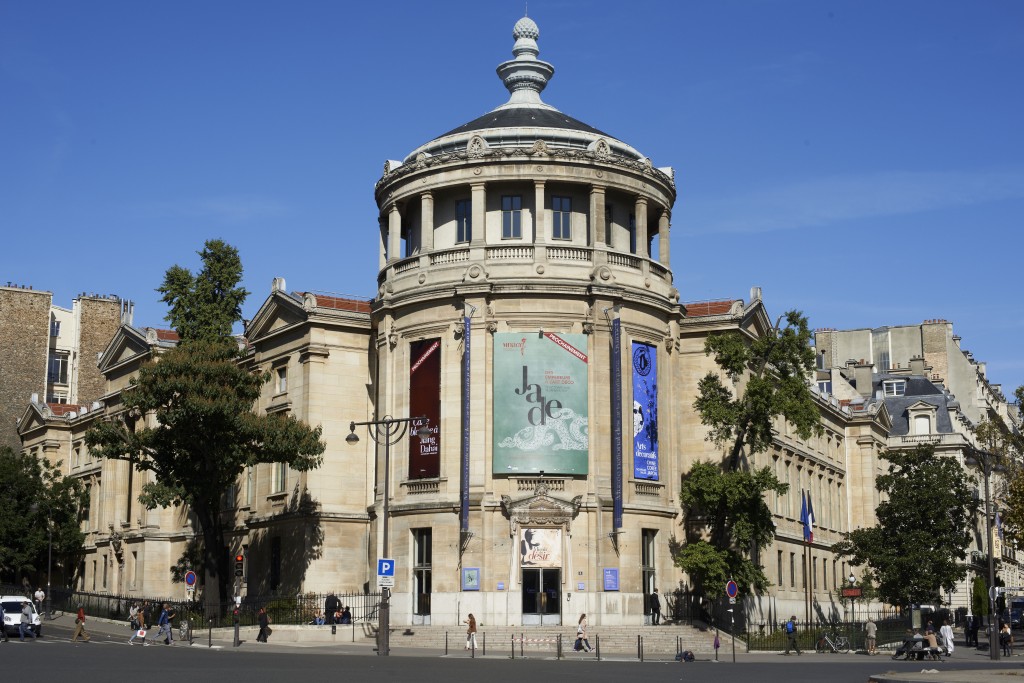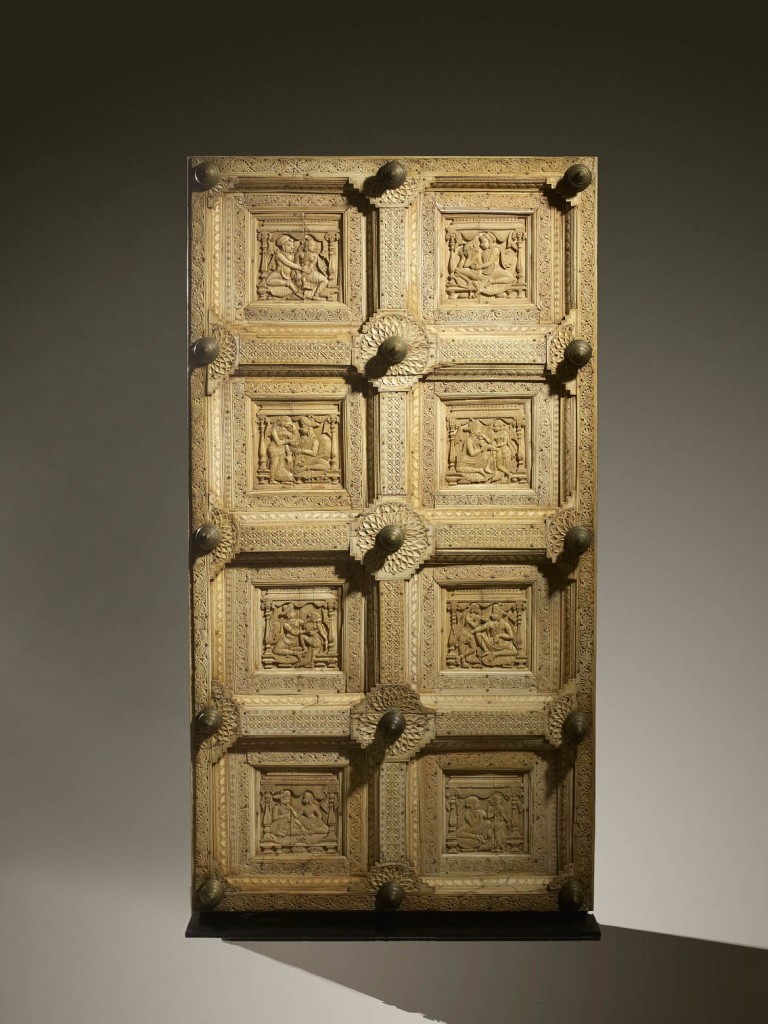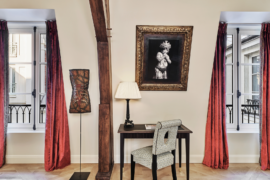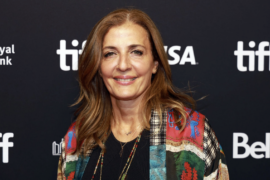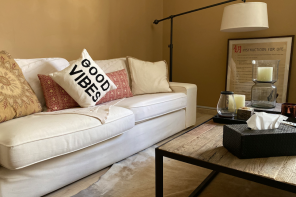The head of the infamous National Museum of Asian Arts Guimet-MNAAG (Musée national des arts asiatiques Guimet-MNAAG), Sophie Makariou, describes herself as an out of the box persona fascinated by crossing borders and challenging herself on a daily basis. Her vision is all about making her museum accessible to a wider public. As she leads an establishment that is approaching its 130-year old anniversary, Makariou remains keen on investing all her efforts to project its modern image. And the fact is that the Guimet museum is indeed becoming a household name day after day. Tourists from France, Asia and around the world are adding Guimet to their “must-visit” lists in Paris.
From her office at the top floor of an architectural beauty of a building, we sat down with Sophie Makariou to learn more about her experience and strategy.
Tell us more about the woman behind the Guimet Museum?
Well, I arrived to Guimet in 2013. I am the former director, and founder of the Islamic pavilion at the Louvre Museum in Paris. It was the creation of a new wing and a 10-year project that was highly important for the development of the Louvre.
Right after, I wanted to find a challenge and to develop something new. And just at the same time, my current job position was open. The Asian world was quite new to me, however, my former knowledge of Indian art and culture from the Islamic pavilion allowed me to start with a solid base. Even before working here, I was very interested in the interaction between the Islamic culture and China. And I think my exceptional position, as someone who has crossed borders, is an added value for Guimet.
What fascinates you the most about Asian art?
When you speak about Asia, you have a variety of cultures. I have always been fascinated by Chinese art, and over the years I discovered its rich artistic link with the Islamic world. I know that there is a huge world in Asia that I still want to discover; one would be Korea for example. I also enjoy discovering the fresh face of Asia through contemporary works. It’s a creation of art that serves as a dialogue between the past and the future, which is why we have been very much involved in buying contemporary collections of photography.
What makes the Guimet experience so different?
When compared to other institutions, what strikes visitors the most is the unique relationship between our collection and the architecture. The experience of being inside is quite unusual because of the abundance of natural light. This changes your perception of the objects since most of them were not made to be showcased in darkness. Also, you have a sensation of freedom; you don’t feel trapped in a box because of the building’s glass and transparent roof.
I like the diversity of the collections; it’s a place of travel across cultures since each section is divided geographically. As a visitor you can spend quite a long time, but it still feels manageable.
So what is your strategy to attract a broader audience?
There is an ongoing discussion in the museum milieu about mass tourism. Do we want to attract more tourists? Or do we want to improve their experience? I think we have to find a balance. Tourists are changing their behavior. When I first arrived to my position I was told that I shouldn’t develop the museum to attract Asian tourists. I refuted this idea, because most Asian tourists come to Paris several times, and of course Chinese visitors are interested in seeing art from their home country. So we worked on developing the presence of the museum on Chinese networks like Weibo, and introduced Chinese text in the museum.
We are also trying to develop a new audience to the museum in terms of generation. Our main message is that the museum is open for everyone; it’s not a temple, but rather a home that you want to come back to. Additionally, we are refreshing our exhibition programs, like with the latest carte blanche to artists Mr. and Pharrell Williams.
How is Guimet linked to the Louvre in Abu Dhabi?
First of all, we are big lenders of the Louvre Abu Dhabi, and it’s important for us to project our image in the Middle East. Abu Dhabi is a hub that attracts different types of tourists and nationalities, and I am very pleased with the results. We have given high quality loans, and with the money that France is gaining, our country is investing these financial resources in restoring works of art, buying more pieces for the French national collection, and promoting the French savoir-faire globally.
Currently, my team and I are working on a unique project, a one of its kind, to be launched next year at the Louvre Abu Dhabi.
What is the the latest addition to Guimet by Al Thani foundation?
With the help of the generous Al Thani foundation, we were able to acquire an Indian piece of art. A wooden framed door made of 8 ivory square panels from the south of India, and which originates from the destroyed palace of Mysore at the end of the 19th century. Its quality is exquisite and the conservation of the piece is fantastic. It was in an American collection, passed to the UK, and then we were able to have it with the help of the Al Thani foundation.
What are some upcoming projects and events?
We had a very busy summer, with a huge success of the Japanese print exhibition Sur la route du Tokaido, the history of the Buddha exhibition Bouddha, la légende dorée and the contemporary Carte blanche to Mr. and Pharrell Williams.
By the end of the year, and because of the emerging interest in Korea, we are opening a Korean exhibition with a young artist. We also have a fashion exhibition about Korean female garments showcasing the works of the ambassador of Korean fashion and couture, Lee Young-hee. And finally on the 21st of November, we are celebrating our 130th anniversary with a variety of events.
Interview by Victor Gee

